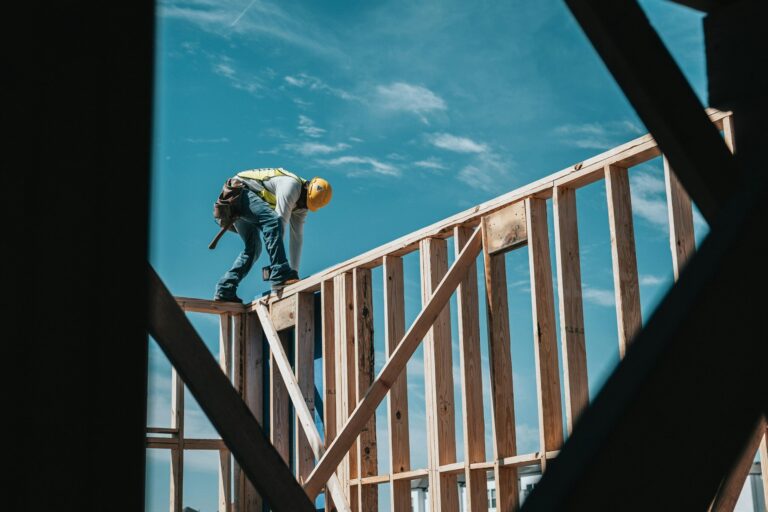Job Openings Decline Across the Economy
The overall job market in the U.S. continued to cool in November 2023, with the total number of open jobs dropping to 8.8 million. This is a significant decline from 10.8 million a year earlier, signaling a shift toward a more balanced economy. This drop is part of the broader effects of the Federal Reserve’s tightening monetary policy, designed to curb inflation by reducing demand in the labor market. However, for the Federal Reserve to feel confident in the labor market’s impact on inflation, the number of job openings needs to fall below 8 million.
While this reduction in job openings can be seen as a positive indicator for inflation control, it is important to note that solving the labor shortage will require more than just a cooling demand for workers. Addressing this issue long-term will involve improving efforts to recruit, train, and retain skilled workers, particularly in sectors like construction, where labor shortages remain pronounced.
Rising Demand for Construction Workers
In contrast to the broader economic trend, the construction sector saw an increase in the number of open jobs. The number of job openings in construction rose to 459,000 in November, up from 416,000 in October. This is a notable increase from 348,000 a year ago, when the housing market was cooling. The rise in job openings signals that the construction industry continues to experience a skilled labor shortage. At its peak, the number of open construction jobs reached 488,000 in December 2022.
The construction job openings rate also increased, rising to 5.4% in November. This uptick highlights the persistent challenge the sector faces in finding skilled labor, especially as demand for housing remains high and inventory continues to be limited.
Construction Labor Market Dynamics
While the number of job openings increased, hiring within the construction sector slowed, with the hiring rate dropping to 4.5% in November from 4.7% in October. The peak rate of hiring occurred in May 2020, when the industry saw a rapid rebound in response to COVID-19-related restrictions. Since then, hiring has been more stable, but still struggles to keep up with demand.
Layoff rates within the construction industry have remained steady at around 2%, which is significantly lower than the 10.8% layoff rate observed during the height of the pandemic in April 2020. The steady layoff rate suggests that while there may be market fluctuations, the construction sector has generally been able to retain its workforce.
Long-Term Labor Challenges
Looking ahead, attracting and retaining skilled labor will remain a critical focus for construction firms. Although a slowing housing market may provide some relief to tight labor conditions, the longer-term labor shortage will persist. The construction industry faces an ongoing need for skilled workers, especially in the face of continued demand for new homes and infrastructure development.
In conclusion, while the broader economy experiences a decline in job openings, the construction industry remains an outlier, with rising job openings and continued labor shortages. This dynamic is indicative of the sector’s critical role in addressing the ongoing housing shortage and will likely drive demand for targeted construction loans and financing strategies in the near future.
